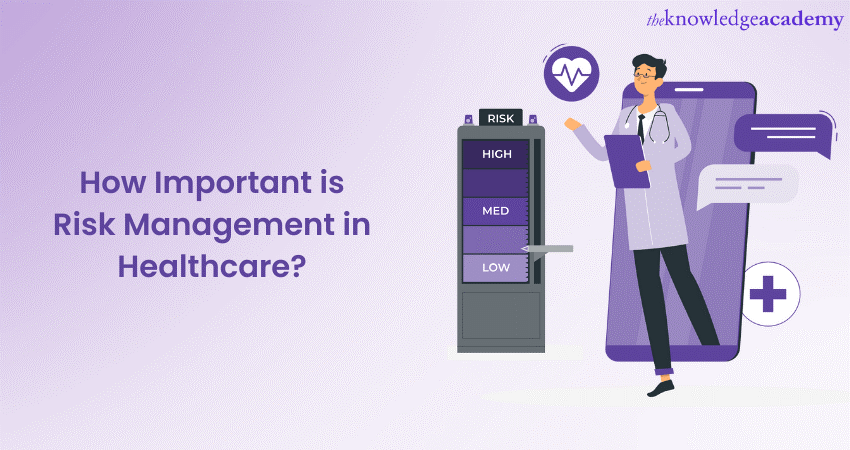The Importance of Recognizing the Value of Risk Management in Different Industries

The Core Idea of Risk Management and Its Objective
Risk Management, the cornerstone of numerous sectors, hinges on the identification, analysis, and reduction of unpredictabilities in an organization environment. It is an important technique that allows organizations to protect their properties, credibility, and general survival. By correctly identifying possible risks, services can establish approaches to either stop these dangers from taking place or reduce their effect. The evaluation process involves evaluating the likelihood and possible severity of these risks. The mitigation process includes developing strategies to lower their prospective impact when risks have actually been recognized and assessed. This process is cyclical and ongoing, making certain that services are planned for the ever-changing nature of Risk in various markets. The primary purpose, therefore, is to promote durability among uncertainties.
Benefits of Executing Risk Management in Company Workflow

Revealing the Duty of Risk Management in Different Industries
While every sector challenges its special collection of risks, the application of Risk Management methods remains a typical in their pursuit of sustainability and development. In the healthcare market, Risk Management requires ensuring individual security and information protection, while in financing, it entails mitigating investment dangers and ensuring regulatory conformity (importance of risk management). Building and construction business focus on worker security, job hold-ups, and budget overruns. In the innovation field, companies reduce cybersecurity dangers and modern technology obsolescence. Ultimately, the function of Risk Management throughout sectors is to determine, evaluate, and minimize threats. It is a crucial element of critical preparation, making it possible for companies to protect their assets, maximize chances, and accomplish their purposes.
Real-life Case Studies Showing Effective Risk Management
To recognize the significance of Risk find here Management in these several fields, one can look to numerous real-life instances that illustrate the successful application of these actions. Toyota, upload the 2011 earthquake in Japan, modified its supply chain Management to decrease disruption dangers. These situations show exactly how sectors, discovering from situations, efficiently applied Risk Management techniques to minimize future dangers.
Future Fads and Developments in Risk Management Techniques
Cybersecurity, when investigate this site an outer problem, has catapulted to the forefront of Risk Management, with strategies focusing on feedback, prevention, and discovery. The assimilation of ESG (Environmental, Social, Administration) variables into Risk Management is one more growing trend, showing the enhancing recognition of the duty that environmental and social risks play in organization sustainability. Thus, the future of Risk Management exists in the combination of advanced innovation, innovative methods, and a holistic method.
Conclusion
In final thought, understanding the importance of Risk Management throughout a spectrum of markets go right here is essential for their longevity and success. Inevitably, effective Risk Management adds to much more resistant and sustainable businesses, highlighting the relevance of this technique in today's extremely affordable and dynamic organization environment.
While every industry confronts its special set of threats, the execution of Risk Management techniques remains a common in their search of sustainability and development. In the health care industry, Risk Management involves making sure individual safety and security and information defense, while in financing, it involves mitigating financial investment threats and making sure regulative compliance. Ultimately, the duty of Risk Management throughout sectors is to determine, analyze, and minimize risks. These situations show just how markets, learning from situations, efficiently applied Risk Management techniques to lower future dangers.
